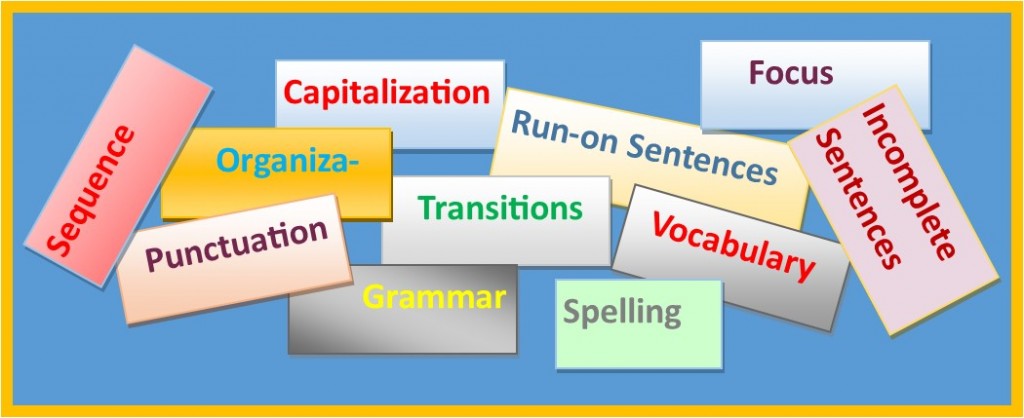Tips and Tricks to Teaching Writing
The first half of teaching writing is knowing what to expect from your student (click here to view the first part of this post). The second half is just Tips and Tricks.
The most important tip I’ve found is to only ask your student to work on ONE issue at a time. Overwhelming a student with such a complex skill as writing is so. very. easy. to do and can take years to regain confidence and negative emotional associations with writing.
Another tip is not really a tip – just hard work. It is PRACTICE — practice, practice, practice, practice, practice. This one item, even more than your teaching editing and footnoting (which need taught as much as outlining) will make the most difference in your child’s writing. Here is the “trick” – with all this practice, if it’s too hard for you to restrain your grading to asking your student to work on just ONE issue at a time — (sit down, this may be shocking) — stop grading for a time period. His practice is more important than almost any other part of writing. Also, you’re looking for movement / progression of skill — NOT in your timetable, but his. While some kids may take giant leaps, this kid may only take ant steps. Look for progression over time ex: “this semester he’s doing better at capitalization than last semester.” As a mom who is invested in your child’s education, this can be difficult to do in practice.
His practice is more important than your grading.
My last trick is for YOU: Use a great grading rubrics for writing. I prefer grading rubrics with vocabulary that helps me describe the writing and then I can assign the corresponding score.
For example the rubrics I use asks the teacher to identify the Vocabulary as:
- ‘A’ Dynamic
- ‘B’ Expressive
- ‘C’ Acceptable
- ‘D’ Ineffective
- ‘F’ Limited
After I’ve followed the grading rubric, I just average the score and I have a grade reflective of the paper.









